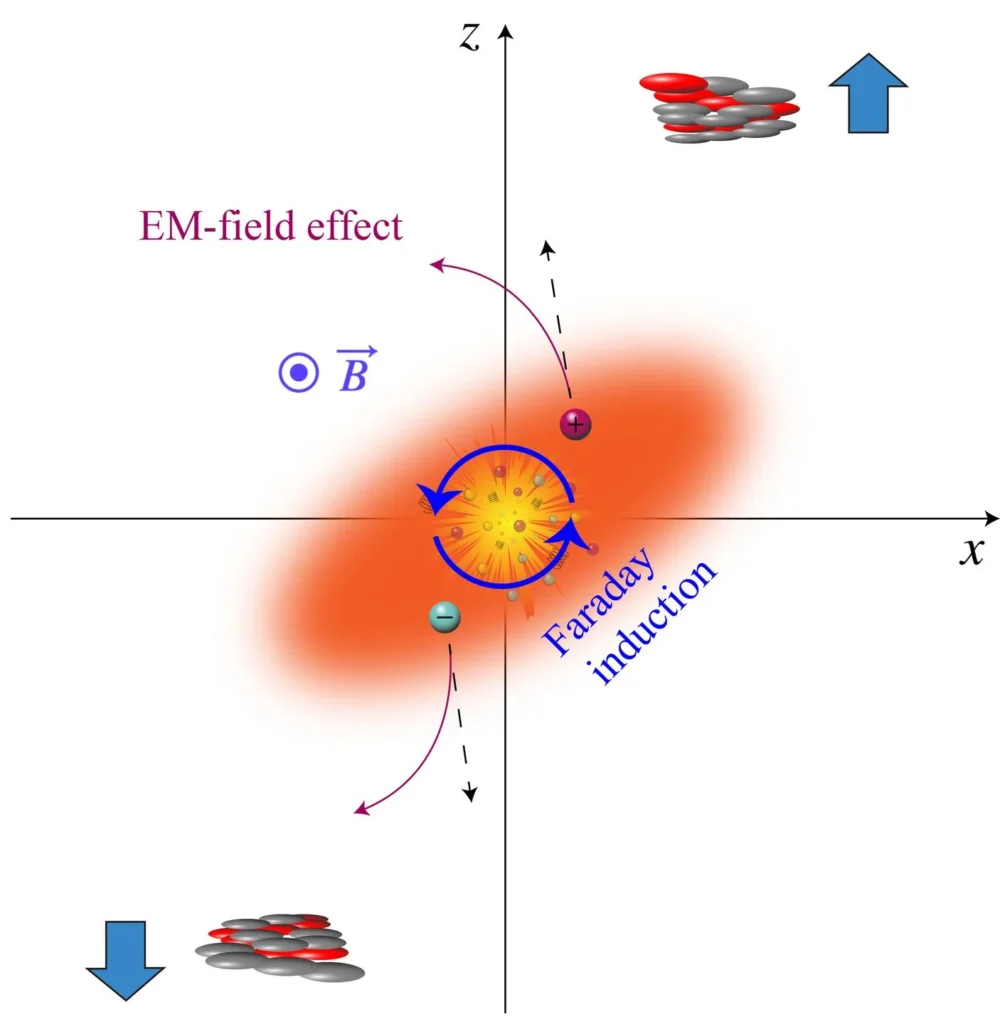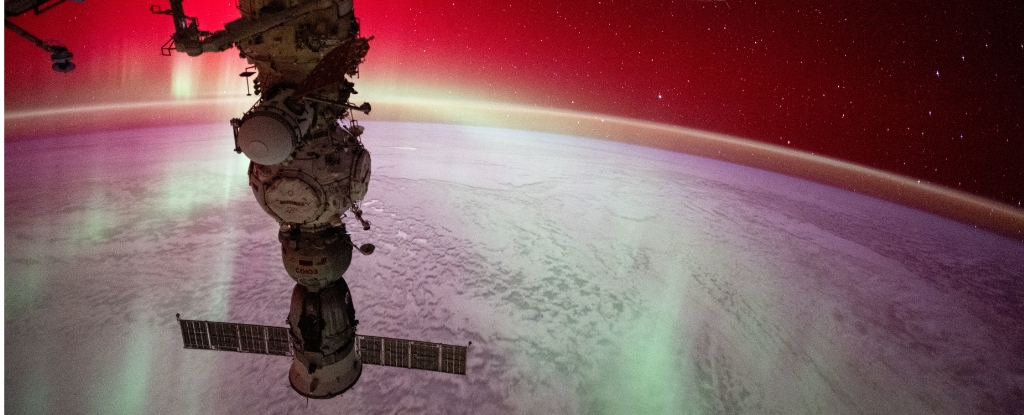Scientists at Brookhaven National Laboratory conducted experiments smashing heavy atomic nuclei together in off-center collisions using the Relativistic Heavy Ion Collider.
This created quark-gluon plasma, within which extremely powerful magnetic fields were predicted to form from swirling charged particles.
Measurements found the magnetic field strength was around 10,000 times stronger than magnetars, the most intense known stable fields in the universe.

More
The field intensity was calculated to be around 1018 gauss, likely the strongest observed magnetic field in the universe.
These fields only lasted 10 millionths of a billionth of a billionth of a second but influenced particle trajectories in a way that could only be caused by an ultra-strong decaying magnetic field.
Understanding these ephemeral yet immense quantum magnetic fields provides insights into early universe conditions and quark-gluon plasma properties.
It helps explore the chirality magnetic effect and what the universe was like moments after the Big Bang before protons and neutrons formed.
Source: popularmechanics









